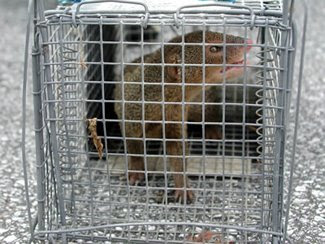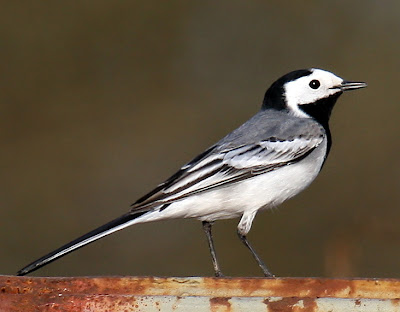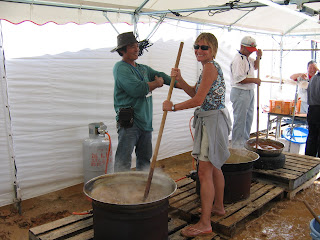Yomitan (読谷村, Yomitan-son) is a village located in Nakagami District in Okinawa, Japan. The village has an population of approximately 39,000 people. It has adopted as its symbol the flying phoenix, playing on the fact that the shape of the village resembles a bird in flight. The village flower is the bougainvillea.
Government: Since Yomitan is designated as a village, it is under the administration of Nakagami District. If Yomitan reaches a population of over 50,000 it can then be classified as a city, thereby gaining a measure of autonomy and independence.
Geography: Yomitan is bounded to the north by the village of Onna, to the east by Okinawa City, to the south by Kadena and to the west by the East China Sea. 31.5% of the land area is zoned for agriculture, 35.7% is zoned as forest, 12.3% is zoned for housing, and the remaining 20.6% is zoned for other uses.
History: During WWII, Yomitan was the site of the initial landing of the Allied Forces in the Battle of Okinawa. Caves in the coral rock, where the Japanese were dug in, are still visible along the beach.
Industry: 6% of the working population of Yomitan is engaged in "primary" industries such as agriculture and fishing, 25% is engaged in "secondary" industries such as food processing and manufacturing, and 69% is engaged in the "tertiary" industries such as services and trade.
Agriculture: The chief cash crop of Yomitan is the chrysanthemum, which can be grown in Okinawa during the winter months with the aid of heat lamps at night. Chrysanthemums are followed in value by sugarcane and pigs, in that order. Sugarcane is particularly suited to cultivation in Okinawa, as it does not require significant infrastructure (such as irrigation), grows well in Okinawa's soil, and can be left unattended for 18 months until harvest. Another important crop in Yomitan is the beni imo, or purple sweet potato. It is grown not so much for its value as a cash crop but as part of the local culture and for the tourist industry. Yomitan promotes itself as the "beni imo hometown" and holds a "beni imo musume" (Miss Beni Imo) contest each year. Sweet potato cultivation first reached Japan via Okinawa from present-day Taiwan, predating rice cultivation, and either Yomitan or neighboring Kadena can lay claim as the first cultivators of sweet potato in Japan.
Tourism: In addition to beautiful and largely unspoiled beaches, Yomitan attracts tourists for its folk crafts to include pottery, glassblowing, sugar making and salt making. There are several facilities where tourists can try their hand at these crafts, and take their handiwork home as souvenirs.
Also of interest are the Zakimi gusuku, or Zakimi castle ruins.
U.S. Military Bases: Approximately 36% of the village is leased from the village and local landowners to the Ministry of Defense of Japan and used as U.S. military bases bases under the U.S.-Japan Staus of Forces Agreement. Two facilities, Tori Communications Station (Army) and part of the Kadena Ammunition Storage Area (Air Force & Marine), are located in the village.





































 Replica of a traditional 15th century Ryukyu trading vessel. The Ryukyu Islands (Okinawa is the largest island in the Ryukyu archipelago) historically have had greater trading and cultural ties to China then to Japan.
Replica of a traditional 15th century Ryukyu trading vessel. The Ryukyu Islands (Okinawa is the largest island in the Ryukyu archipelago) historically have had greater trading and cultural ties to China then to Japan. 

